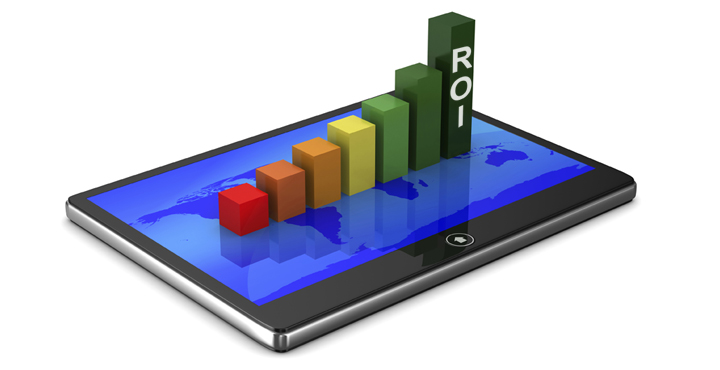
How to choose the right metrics for your records management program.
In a three-part post we are looking at the role of metrics in demonstrating the value of RM, specifically in organizations that have implemented an electronic records management system. In this post we outline a four-step process to arriving at the right metrics.
While an Electronic Document and Records Management System (EDRMS) is a great addition to any records management department, it almost always comes with a catch. Senior management will demand evidence of ROI before too long, and in many cases, they will also expect greater proof of the value of the records management program as a whole.
This puts RM professionals in a difficult situation. How do they provide that proof and show ROI? Unfortunately, while EDRMS makes it easy to gather metrics, it doesn’t solve the problem of which metrics you should be looking at. And unlike other fields of management, performance metrics in document management are still evolving, so there is no standard set of metrics to refer to. This means that each organization must decide on the most appropriate RIM performance metrics based on its objectives and situation.
Choosing the right performance metrics for RIM and EDRMS
There are two major pitfalls to avoid when measuring RIM and EDRMS. The first is choosing metrics just because everyone else is using them – and ignoring the fact that they offer little in the way of practicable insight. The second pitfall is choosing metrics that don’t reflect what’s really important to your organization in terms of goals. To avoid these pitfalls and arrive at the right metrics for your program, TAB recommends the following four-step process:
- Define your RM program objectives
As you consider your objectives, make sure they meet the S.M.A.R.T. criteria – in other words, they are Specific, Measurable, Achievable, Relevant and Time-bound. For example, employees at your organization may collaborate heavily through email attachments, which makes it hard to locate the official copies of a record. You are hoping to avoid these challenges by encouraging more staff to use the EDRMS for collaboration. This might translate into the following specific S.M.A.R.T. objective: reduce the amount of internal email traffic by 15% this calendar year by encouraging greater use of the EDRMS for collaboration. - Determine the Key Performance Indicators (KPIs) for each objective.
In this step you look at what you need to measure in order to assess progress toward a given objective. Using the same example, the things to measure would be the volume of email traffic and the extent of use of the EDRMS. - Look closely at why your KPIs would change.
To successfully use KPIs to demonstrate ROI and program performance, it is essential to know all the factors that might cause the KPI to change. For example, if the volume of email falls, can you attribute that 100% to the introduction of the EDRMS, or would there be other reasons? Knowing as much as you can about these factors helps you be more certain about the real effect of your RM program. - Choose your specific metrics and starting tracking.
Here you identify and collect metrics relevant to each objective. In the example of email usage, this might mean tracking the total use of email over a given period of time. Or better yet, track the volume of email that contains attachments. The more specific you can get the better.
With your metrics selected it is important to track and review them regularly. Because metrics are always changing, it may take some time to learn the normal values or range for each. Once you have established these benchmarks it will be much easier to pinpoint when your activities are having an impact.
Next Steps
- To learn more, download our free white paper Go Beyond Counting: Metrics That Matter in Your EDRMS.
- Find out how TAB FusionRMS, an enterprise-class records management software platform can help you track RM performance.
- Speak to a TAB expert for help choosing the right metrics for your RM program.





